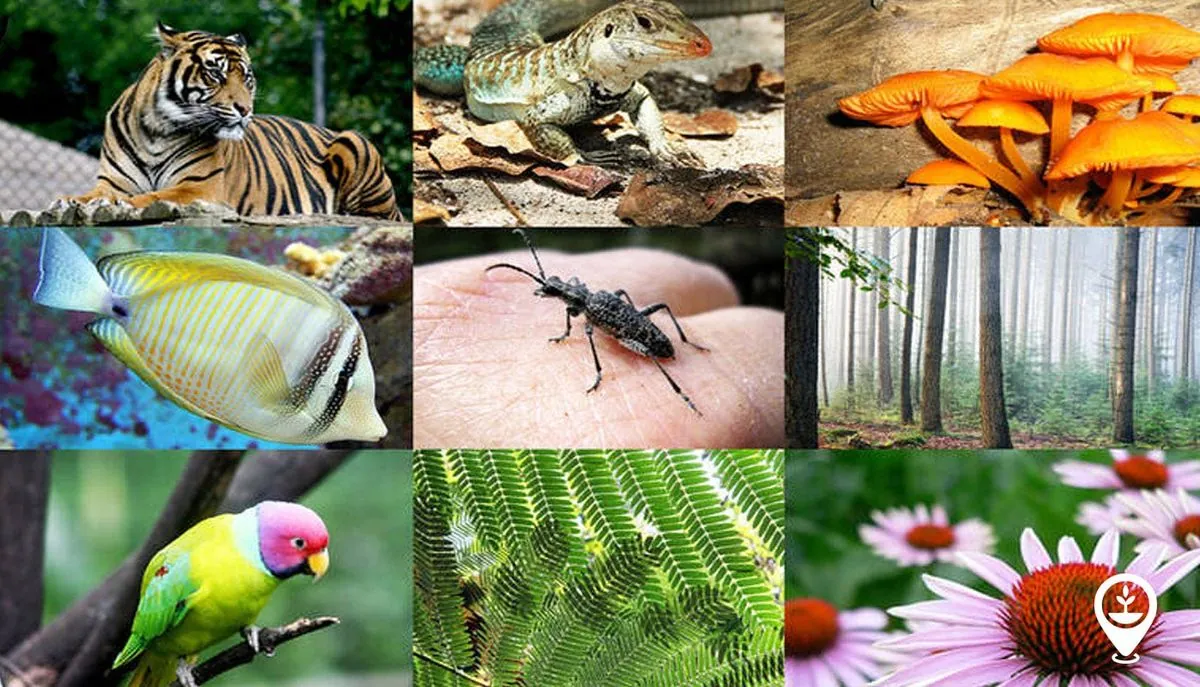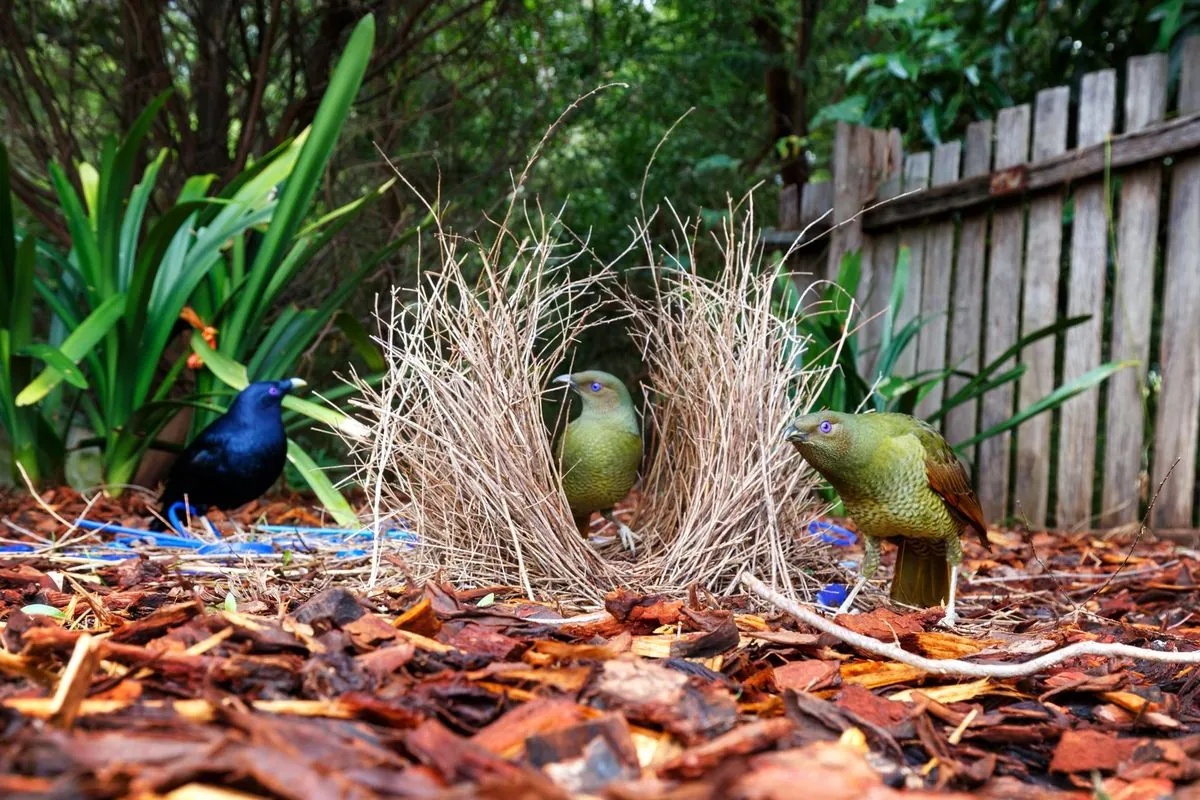Nature's Architects: How Life Shapes Earth in "Living on Earth"
Peter Godfrey-Smith's "Living on Earth" explores how organisms actively shape our planet. From ancient bacteria to human engineers, the book reveals life's profound impact on Earth's evolution.

Peter Godfrey-Smith's latest work, "Living on Earth: Forests, Corals, Consciousness, and the Making of the World," offers a captivating exploration of how living organisms actively shape our planet. This philosophical journey through Earth's history challenges the notion that life merely adapts to its environment, instead proposing that organisms are the architects of their world.
The book begins by acknowledging the unlikely heroes of Earth's transformation: cyanobacteria. These microscopic organisms began emitting oxygen into the atmosphere approximately 3 billion years ago, gradually altering the planet's chemistry to support complex life forms. This process, spanning billions of years, set the stage for the diverse ecosystems we see today.
Godfrey-Smith, a philosopher of science and experienced scuba diver, brings a unique perspective to the subject. His fascination with the natural world is evident as he describes intriguing creatures like "pom-pom crabs" that wield anemones as defensive weapons, and birds that mimic other species' calls with remarkable accuracy.
The author delves into the concept of "niche construction" or "engineering" by various organisms. For instance, vegetation plays a crucial role in shaping river systems, with root structures stabilizing banks and creating defined channels. This contrasts with the sheet-like flow of water in areas lacking plant life.

As life evolved, more sophisticated forms of environmental engineering emerged. Godfrey-Smith highlights the elaborate nests constructed by some bird species to attract mates, showcasing the diverse ways organisms modify their surroundings.
The narrative takes a significant turn when discussing the emergence of human engineers approximately 300,000 years ago. These beings not only shaped their environment but also influenced their own evolution. Tool use affected hand development, while cooking altered human digestive systems. Perhaps most significantly, humans developed culture - a non-genetic means of passing down behaviors and knowledge.
"Eventually, evolution produces engineers who pursue these transformative goals in a deliberate, reflective, conscious way."
However, the book doesn't shy away from addressing the darker aspects of human influence. It touches on issues such as factory farming, habitat destruction, and climate change, highlighting the ethical challenges we face in the Anthropocene era.
Godfrey-Smith's writing style is both scientifically precise and poetically evocative. He describes early flowers as "celebratory of the new way of living" and likens a manta ray's movement to "a passing thought," demonstrating a deep appreciation for the natural world.
While the book occasionally meanders into fascinating tangents, it consistently returns to its central theme: the reciprocal relationship between life and Earth. "Living on Earth" serves not only as an exploration of this concept but also as a call to recognize our unique role and responsibility as the planet's most influential engineers.


































